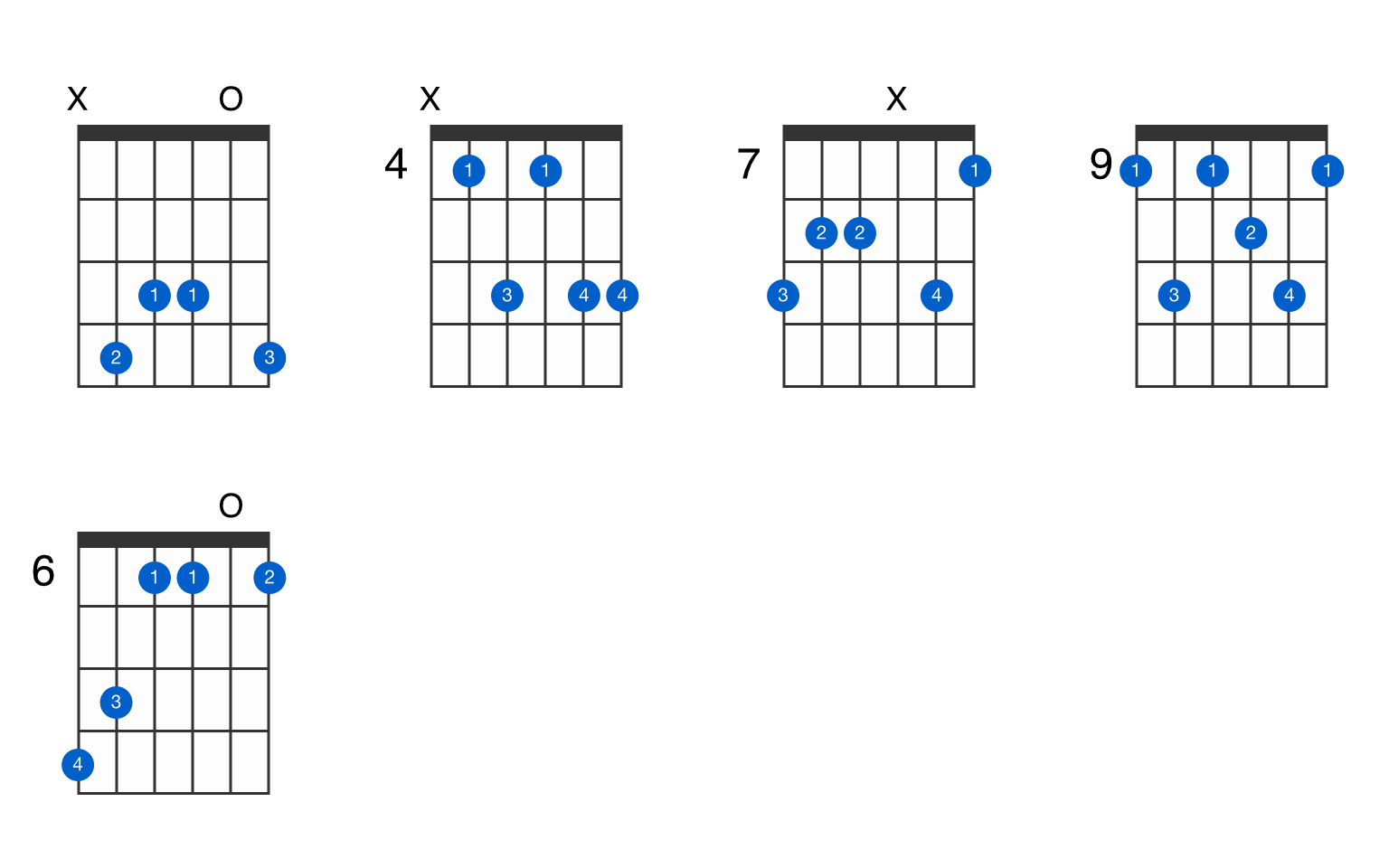
Example 19–8 shows a V 7 chord in C minor resolving to the tonic harmony: The same rules apply to dominant seventh chords in minor keys. This type of voice-leading, with both chords in root position, provides a strong sense of repose and, thus, closure.Įxamples 19–5 through 19–7 show the resolution of a V 7 chord in C major. This voicing of the I chord is common at the end of a musical idea. In the example above, you might have noticed that the resolution chord has three roots, a third, and no fifth. Looking at the progression this way, we can see that the augmented fourth between the alto and soprano is a resultant interval. The tenor, then, supports the soprano with a 6–8 progression and the alto harmonizes with the tenor in parallel thirds (3–3).

The outer voices form the primary interval progression of a third expanding to an octave.


The voice leading in Example 19–7 can be explained in this manner. As described in Chapter 12, four-part harmony is an extension of three-part harmony which, in turn, is built from combinations of basic interval progressions.


 0 kommentar(er)
0 kommentar(er)
